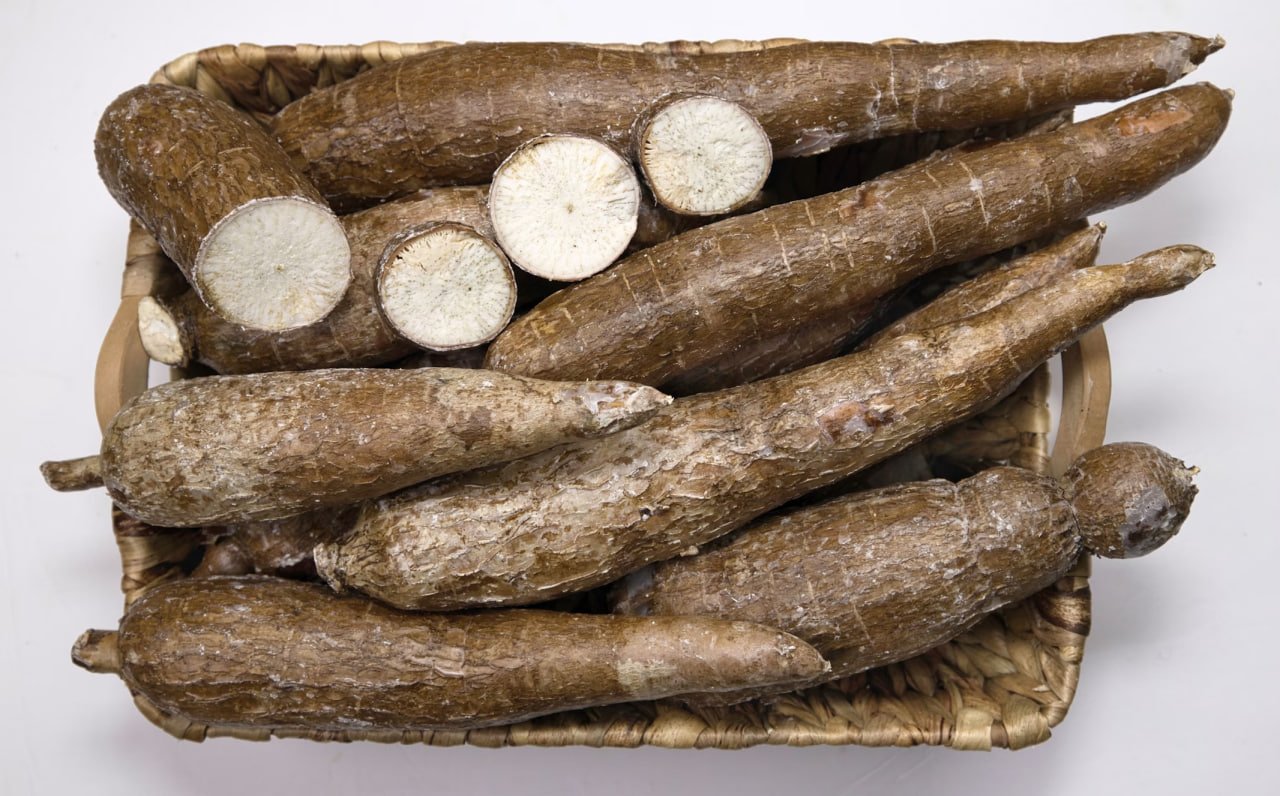
This article is included in these additional categories:
The Perilous Past: Taming a Toxic Crop
Cassava, a crop with roots deep in the Amazonian culture, is both a blessing and a bane. Known for its robustness and adaptability, it is the staple for over 500 million people globally, primarily in tropical regions where other crops falter. However, cassava harbors inherent dangers due to its cyanogenic glycosides, which produce cyanide, posing a significant risk if not properly processed.
The domestication of cassava dates back over 10,000 years, evolving from a wild plant to a primary food source thanks to its high starch content. Indigenous techniques developed over millennia have been crucial in detoxifying cassava, making it safe for consumption. These methods, which include prolonged soaking, grinding, and heating, are a testament to the ingenuity of early agriculturalists who transformed cassava into a nourishing staple.
Ancient Wisdom and Modern Science Come Together
In regions like Sub-Saharan Africa, improper processing of cassava during times of famine leads to health crises, including the severe neurological disorder Konzo. Addressing these challenges, researchers like Richard Sayre and Dimuth Siritunga from Ohio State University have pioneered genetic modifications to reduce cassava’s cyanogen levels. By inhibiting the synthesis of linamarin, these engineered plants promise safer consumption without the extensive traditional processing.
In addition to genetic modifications, advancements in agricultural practices are enhancing cassava’s safety and productivity. Combined with traditional knowledge, innovative cultivation techniques are being integrated to optimize yield while maintaining the plant’s natural defenses against pests. These tools help stabilize cassava production, making it a more reliable food source throughout the year.
Educational programs to improve traditional processing methods are being rolled out across cassava-growing regions. These programs emphasize the importance of thorough processing to remove toxins and are crucial in preventing the health issues associated with improper cassava preparation. By embracing ancestral wisdom and contemporary scientific advancements, the global agricultural community sets a precedent for cultivating cassava as a safe, sustainable staple crop.
Cassava’s Promising Future in Global Agriculture
Looking to the future, cassava stands out as a potential superstar in sustainable agriculture. Its resilience to poor soils and low water requirements makes it an ideal candidate for areas susceptible to climate change. The crop’s genetic diversity in the Amazon acts as a reservoir for breeding programs aimed at enhancing its qualities, such as pest resistance and nutritional value.
Global interest in cassava is rising, which is evident from its increasing use in gluten-free products and its potential as a sustainable raw material in industrial applications. As researchers continue to unlock cassava’s genetic potential, this once-underestimated crop could lead to advancements in food security and sustainable farming practices.
Cassava’s journey from a perilous past to a promising future highlights its role as a versatile and sustainable crop. With ongoing innovations in genetic research and a deeper understanding of traditional processing methods, cassava is poised to meet the global challenges of sustainability and food security. As this hardy crop gains traction on the global stage, its story offers valuable lessons in resilience and adaptation.
- SEO Powered Content & PR Distribution. Get Amplified Today.
- PlatoData.Network Vertical Generative Ai. Empower Yourself. Access Here.
- PlatoAiStream. Web3 Intelligence. Knowledge Amplified. Access Here.
- PlatoESG. Carbon, CleanTech, Energy, Environment, Solar, Waste Management. Access Here.
- PlatoHealth. Biotech and Clinical Trials Intelligence. Access Here.
- Source: https://www.environmentenergyleader.com/2024/05/cassava-sustainable-future-potential/
